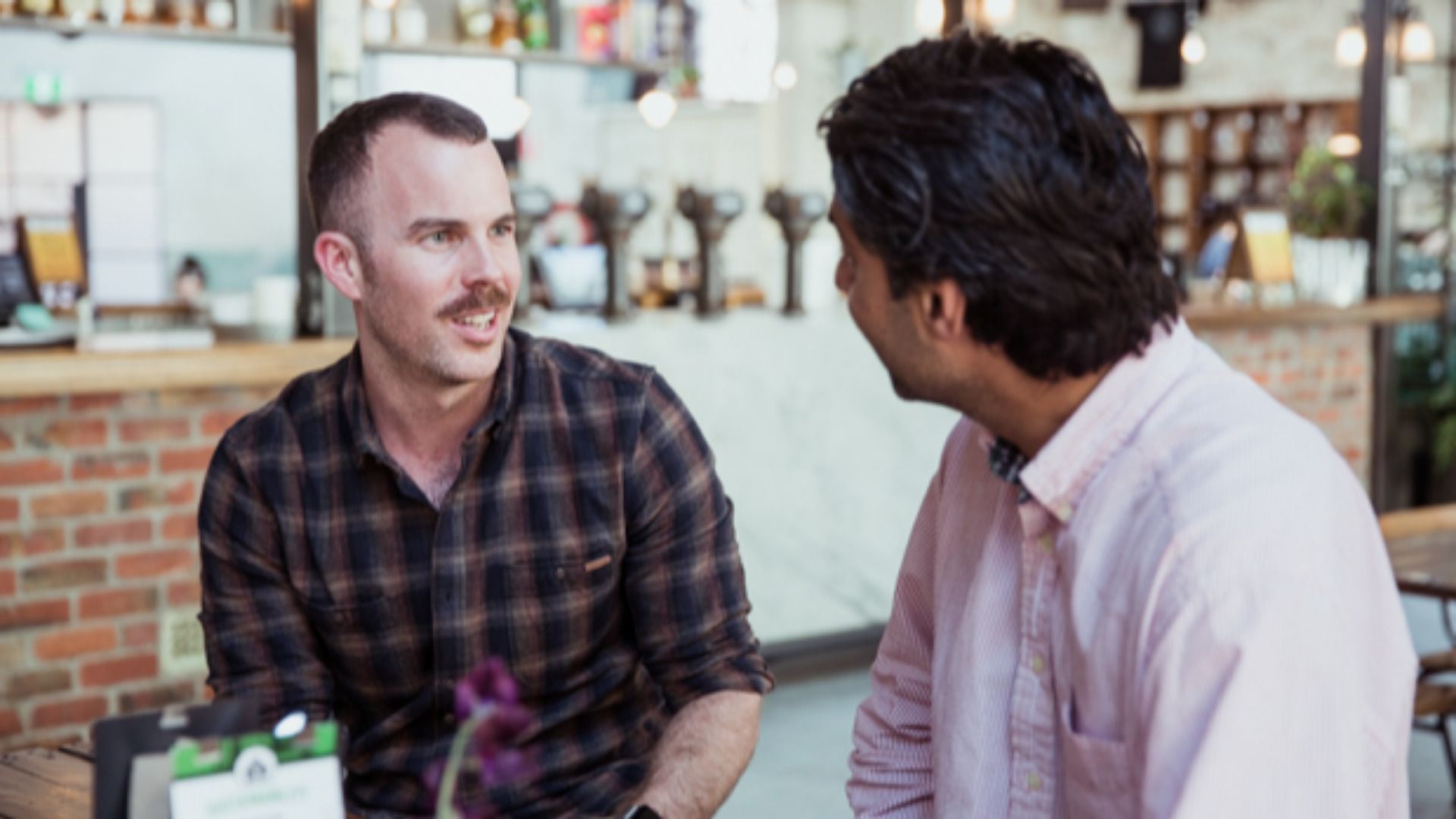

“I was working 100 hours a week. During the day, I was hardly able to function because of all the stress and pressure every minute. I’d get home exhausted, watch some TV, fall asleep and wake up six hours later to do it all again. Mentally exhausted, unfulfilled, burned out and completely unmotivated. I realised it was not sustainable.
Looking around, it was evident that “work” had transformed into a contest for who could last the longest without breaking down. My mental and physical health were on no one’s agenda. I finally decided that I couldn’t continue working (nor living) in the same way.
Around the same time I quit, I picked up my rugby practice again (I’d abandoned it due to a lack of time). Within a couple of weeks, I was feeling much more energized and optimistic. For me, physical activity is directly related to mental clarity and wellness. I realised that workplaces, being the place we spend most of our time, needed to provide support and encouragement to help everyone feel confident and healthy.
" For me, physical activity is directly related to mental clarity and wellness. "
That is when I started Heka, and in founding my own company, I made sure to create a culture that supported my team’s mental health. I quickly realized that for different people, it meant different things. Some were drawn to mindfulness, others to life coaching, and others simply enjoyed the flexibility to work from home or leave the office a little bit earlier. Whatever it was, I supported them with the time and resources to do it.
Since I started, I’ve tested all sorts of initiatives to nurture mental wellbeing at the workplace. These are some of the things which have helped me most in creating a human-focused culture:
- I have weekly 1:1s with each of my employees to understand how I can support them better and create a working environment that allows them to thrive.
- I openly share what I’m doing to take care of my mental and physical health. Whether it is a new morning routine, or taking calls while I go out for the walk, or even finishing the day a bit earlier to give myself a break. Sharing what I do gives people permission to do the same and make their own wellness a priority.
- We have weekly meetings where everyone can praise other members for their hard work. This is not only good for team bonding but also increases people’s confidence and ensures that no effort goes without recognition.
- We share regular surveys so that the team can provide anonymous feedback and suggest ways in which we can make the company a more inclusive and supportive environment.
I want other employers to see that prioritising employee mental health and meeting performance targets are not mutually exclusive. In fact, the latter is fully reliant on providing employees with the resources and tools they need to find what makes them feel happy, fulfilled, connected and healthy.
Personally, I’ve learned that no matter how busy or stressful I am, taking care of my mental health comes first.”